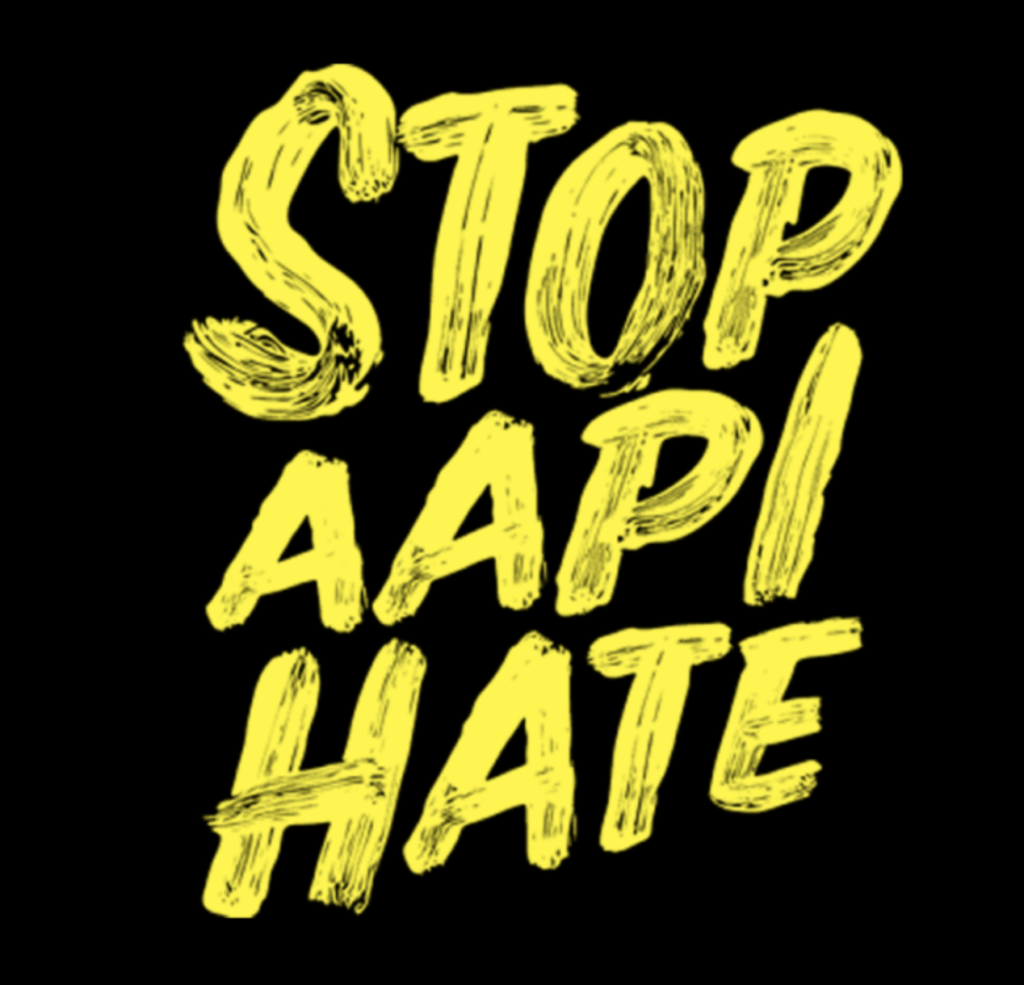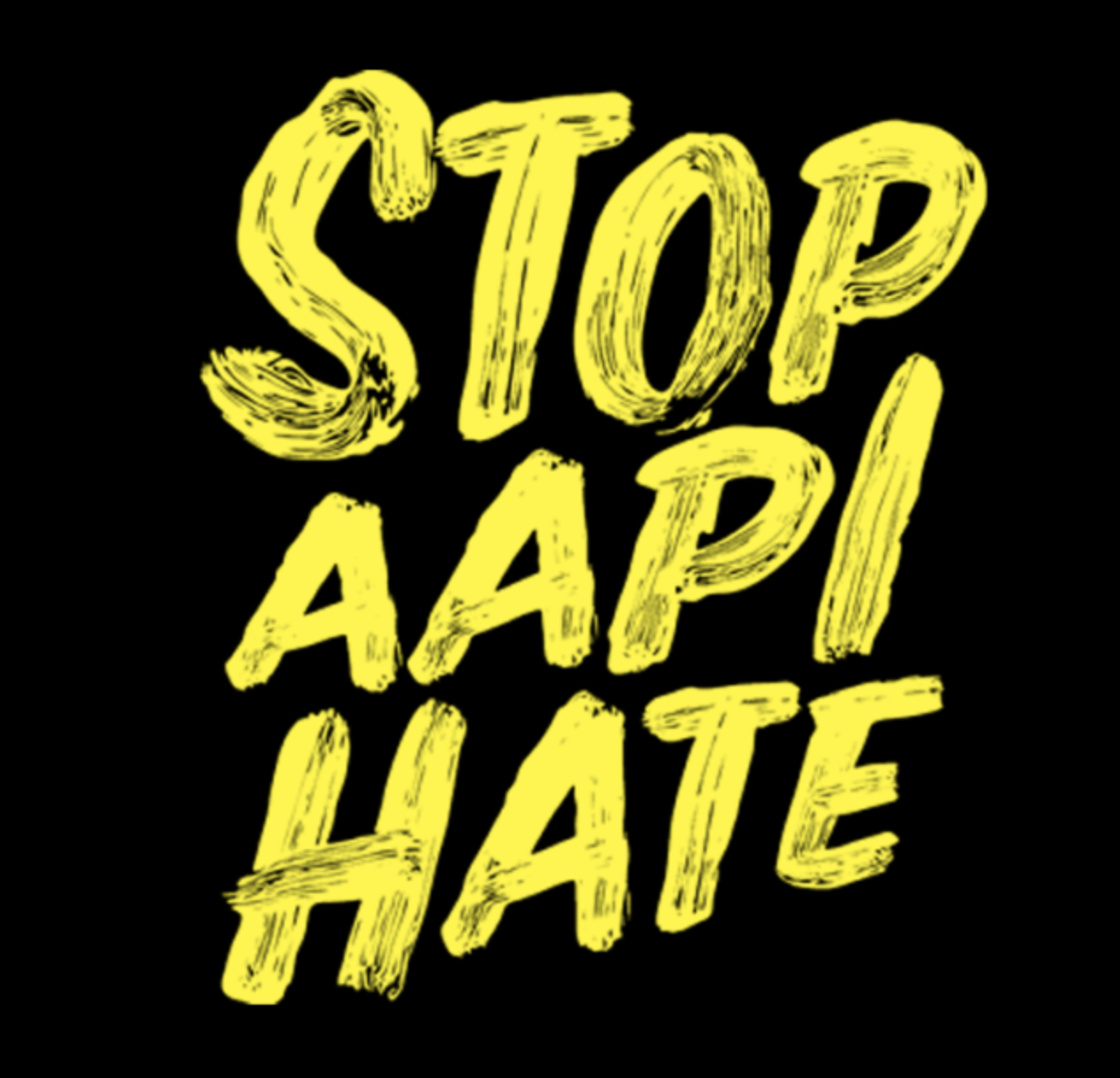By Carole Chee
As part of our studies on how to apply feminist theory in WGS 350: “Feminist Visions of Justice,” my classmates and I analyzed and discussed “(Trans)forming #MeToo: Toward a Networked Response to Gender Violence,” a journal article by Dr. V. Jo Hsu detailing the exclusionary characteristics of the #MeToo movement, the inequities of our judicial system, and the need for inclusive, ground-up approaches that center those most oppressed by systemic violence. Hsu, an assistant professor in the Department of Rhetoric and Writing at the University of Texas at Austin, focuses specifically on the unjust “criminalization” of marginalized peoples—especially that of transgender women of color—and uses the story of Nan-Hui Jo to exemplify the legal processes by which these persecutions are enacted (280). Jo, an undocumented Korean immigrant who fled and later re-entered the United States in efforts to defend herself and her daughter against domestic violence, was arrested and separated from her daughter based on racist and xenophobic arguments (Hsu 280). Rather than vilifying the abuse and trauma Jo faced, the courts vilified Jo. This example makes it clear that despite the existence of “model minority” sentiments, Asian and Asian-American communities are harmfully impacted by the dehumanizing generalizations prevalent throughout American legislation, judicial practice, societal ideologies, and history.

These sentiments, which make up the “model minority” myth that some marginalized groups—here, namely Asian Americans—are better than others, spread false, divisive ideology based on those groups’ ability to assimilate into white culture. Dr. Viet Thanh Nguyen, acclaimed author of The Sympathiser, explains in Time Magazine that while this myth may seem like a positive thing, it pushes Asian Americans “to be invisible in most circumstances because we are doing what we are supposed to be doing… until we become hypervisible because we are doing what we do too well.” The voices of AAPI community members are simultaneously uplifted and silenced, our “high” status balancing on a thin, splitting rope. Additionally, these lies only succeed in perpetuating injustice for all. As Nguyen explains, “no matter how low down we are, we know that America allows us to stand on the shoulders of Black, brown and Native people.” Kat Chow from NPR further describes this false racial hierarchy as a “wedge” that aims only to sow division among oppressed groups; although it grants relative privileges to Asian Americans, all it truly achieves is “minimizing the role racism plays in the persistent struggles of other racial/ethnic minority groups.” Our challenge is to recognize that privilege while also admonishing it, “to be both Asian American and to imagine a world beyond it, one in which being Asian American isn’t necessary” (Nguyen).
Until that reality is achieved, however, Asian community members are stuck in a double-bind; trapped between high expectations and the harmful raced characterizations that continue to exist.
Hsu is sure to point these out in the case of Nan-Hui Jo, explaining that District attorney Steve Mount’s portrayal of Jo as both a “manipulative illegal immigrant seeking to cheat the U.S. system” and a “‘tiger mom’ who was too competent to be a victim” refused her any chance at justice (279). “With a single phrase,” says Hsu, “Mount accessed notions of Asians as hypercompetent, emotionless, perpetual foreigners whose ambition threatened the security of ‘real’ U.S. citizens” (279). These hateful stereotypes, in combination with other generalizations—such as the “Dragon Lady,” or characterizing associations with disease—exacerbate the oppression faced by Asian individuals. These are most visible today in mass media and the anti-Asian rhetoric surrounding the COVID-19 pandemic, but this hate has deep roots that contemporary ideologies and policies have only exposed and deepened.
The earliest influx of Asian immigrants into the United States took place in the second half of the 19th century, according to scholars H. Alexander Chen, Jessica Trinh, and George P. Yang. In their journal article entitled “Anti-Asian Sentiment in the United States—COVID-19 and History,” they explain that these immigrants were typically employed as cheap sources of labor for the mining, railroad, and agricultural industries; not only were these Asian immigrants pushed into dangerous and menial jobs, but they were also exploited and treated poorly. In their poor living conditions, outbreaks of smallpox and the bubonic plague were not uncommon, and thus Asian migration was tied to the idea of diseases (Chen et al.). Negative ideologies concerning Asian immigrants eventually culminated in exclusionary immigration policies, namely the Chinese Exclusion Act of 1882, which denied immigration and naturalization rights from the entire Chinese ethnic group, and the 1924 Immigration Act, which effectively shut down immigration from other Asian countries (Chen et al.). These exclusionary policies cemented the anti-Asian sentiments already existent in America, criminalizing the very presence of Asian peoples in the country.
Even still, however, I’m acutely aware that as an Asian woman, I am far from over represented in the incarceration system. The numbers of Asian prisoners are low, and those of transgender Asian prisoners even lower. When seeking to enumerate the instances of sexual assault experiences by transgender women of color, a joint report from the National Center for Transgender Equality and the National Gay and Lesbian Task Force failed to obtain a large enough sample size for Asian-American transgender women to present reliable data (168). On a greater scale, when comparing the number of incarcerations in the United States by race, Asians sit at a lower rate than other racial or ethnic minority groups (“Injustice at Every Turn” 163).
This is not to say that Asian and AAPI people are, by any stretch of the imagination, superior to or more conformable than any other racial group, but the embodiment of relative privilege here is certainly noteworthy. While people of color are all oppressed under the constrictions of this white supremacist system, it is vital to acknowledge the ways in which our differences are used to create division amongst ourselves. This is in no way a call for “oppression Olympics,” but a request for solidarity and understanding.
Works Cited
Chen, H. Alexander, et al. “Anti-Asian Sentiment in the United States – COVID-19 and History.” The American Journal of Surgery, vol. 220, no. 3, Elsevier Inc, 2020, pp. 556–57, https://doi:10.1016/j.amjsurg.2020.05.020.
Chow, Kat. “’Model Minority’ Myth Again Used as a Racial Wedge between Asians and Blacks.”
NPR, NPR, 19 Apr. 2017,
https://www.npr.org/sections/codeswitch/2017/04/19/524571669/model-minority-myth-ag ain-used-as-a-racial-wedge-between-asians-and-blacks.
Hsu, V. Jo. “(Trans)forming #MeToo: Toward a Networked Response to Gender Violence.” Women’s Studies in Communication, vol. 42, no. 3, 2019, pp. 269–86, https://doi.org/10.1080/07491409.2019.1630697.
“Injustice at Every Turn: A Report of the National Transgender Discrimination Survey.”
National LGBTQ Task Force, 11 July 2019,
https://www.thetaskforce.org/injustice-every-turn-report-national-transgender-discriminati on-survey/.
Nguyen, Viet Thanh. “How the Model Minority Myth of Asian Americans Hurts Us All.” Time, Time, 26 June 2020, www.time.com/5859206/anti-asian-racism-america/.


